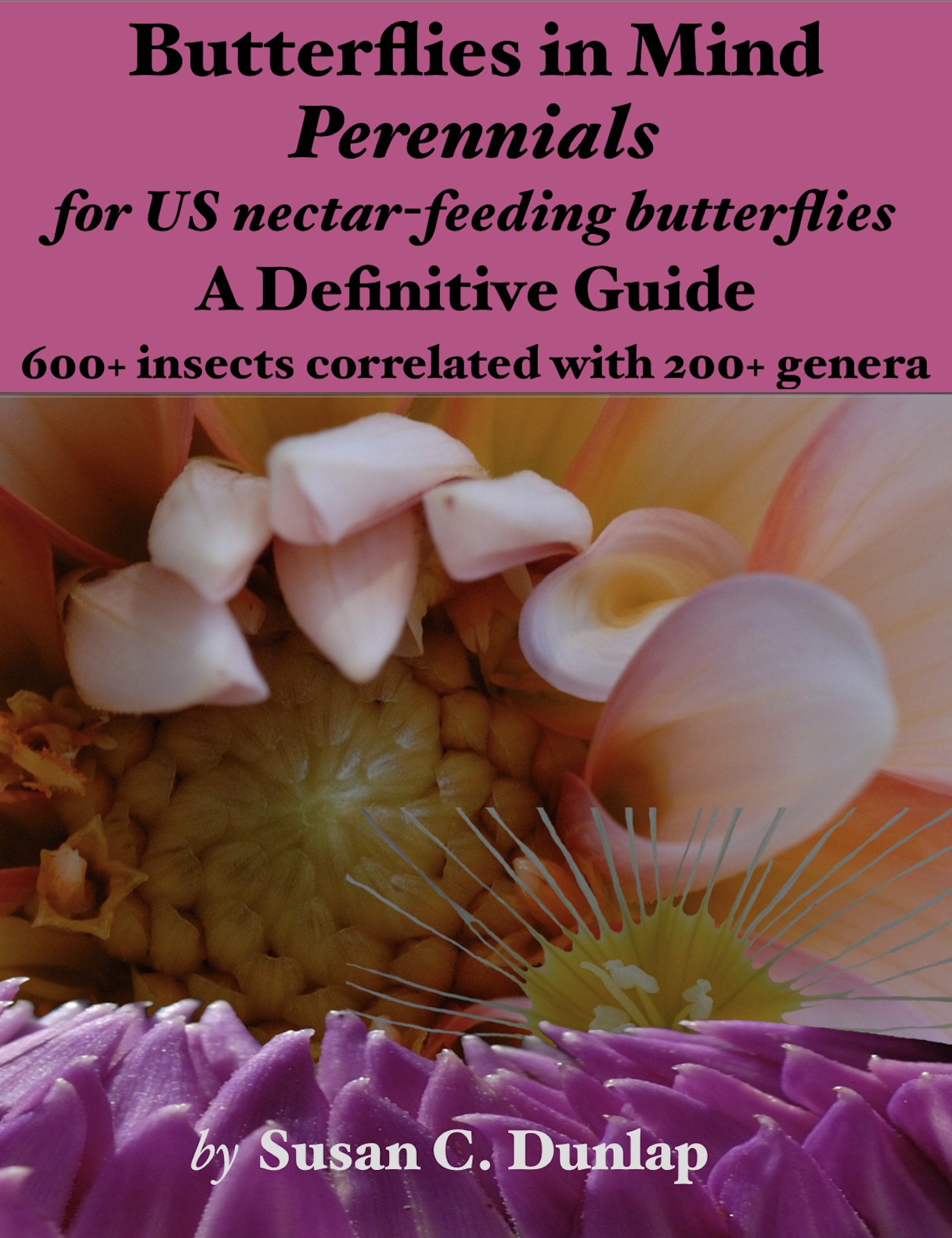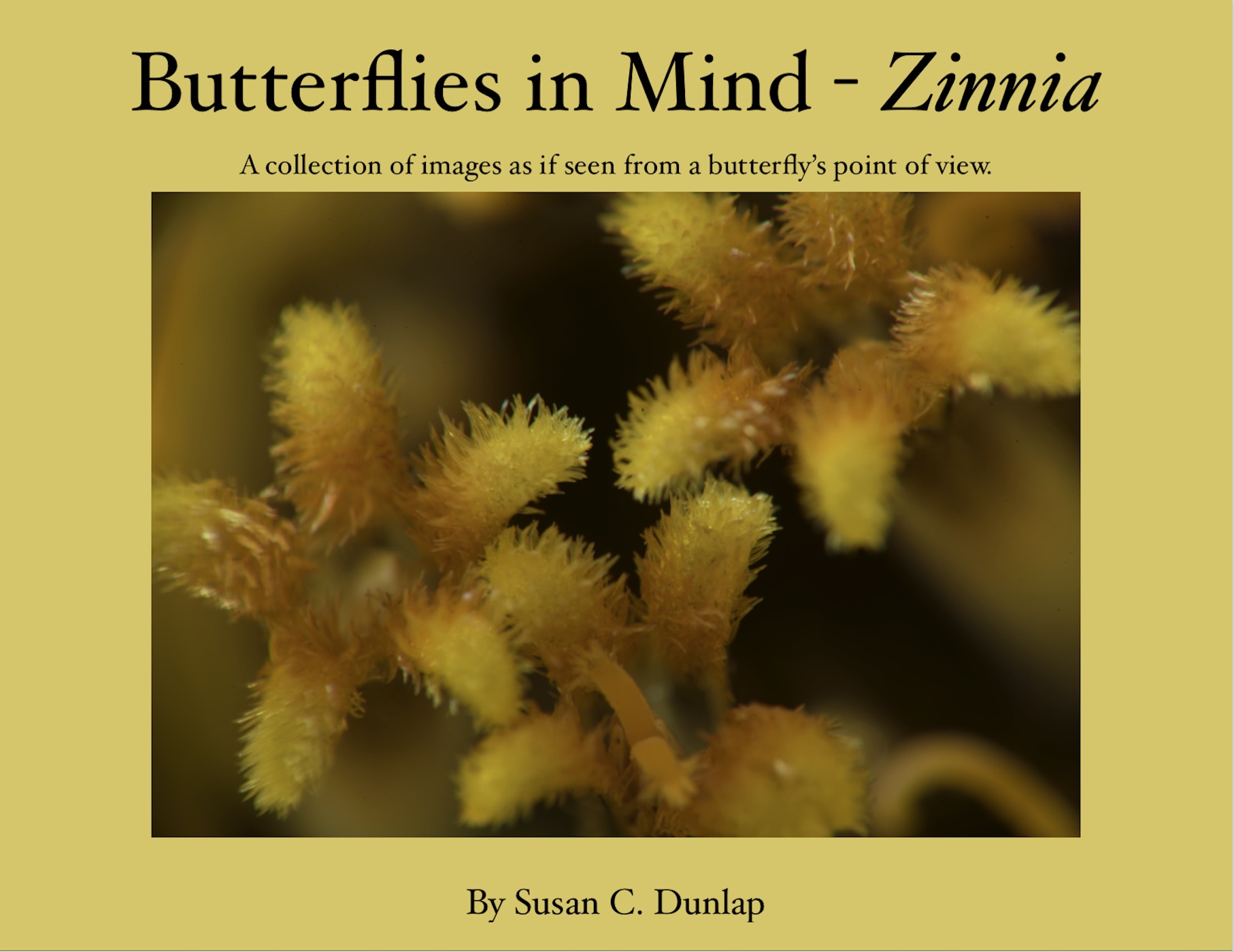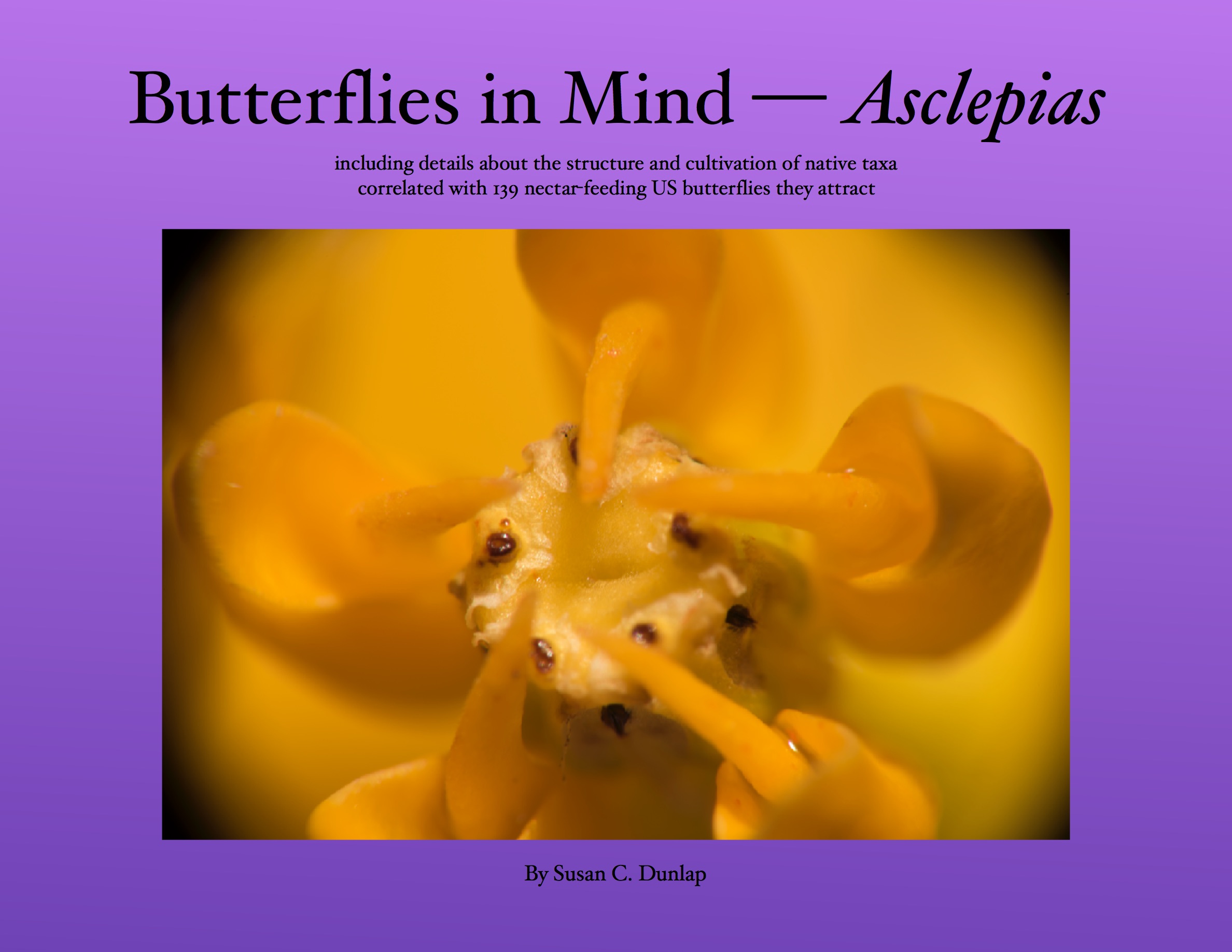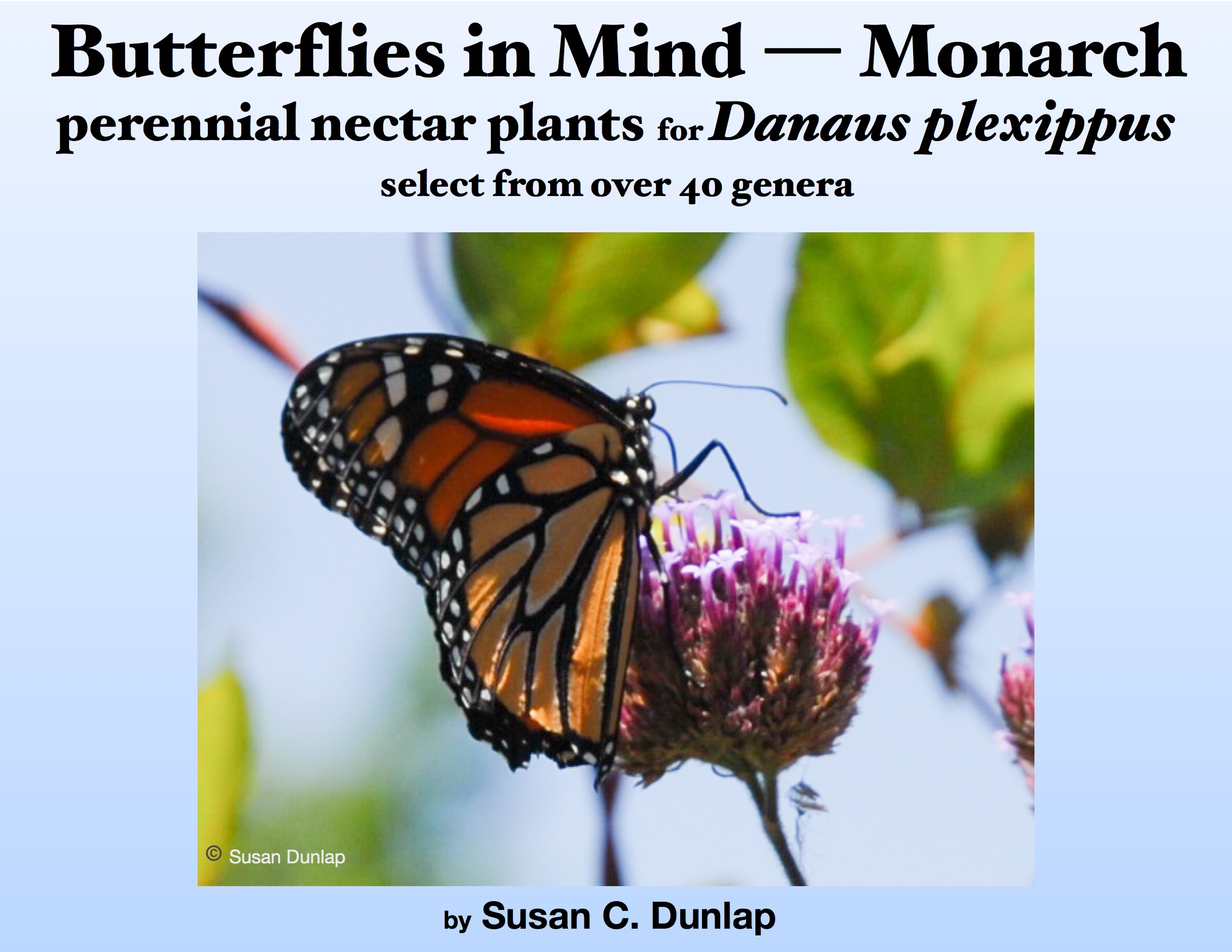Lantana montevidensis
(sold as Confetti)
Family: Verbenaceae
Common names: POLECAT GERANIUM, SHRUB VERBENA, TRAILING LANTANA, WEEPING LANTANA
Synonym: Lantana sellowiana
Native to: South America
Sentiment: rigor
Plant
Types: perennial, shrub
Forms: clumping, mounding, open form, spreading
Leaves evergreen
Max height: 1.5 feet
Max width: 3.3 feet
Flower
secondary color present, yellow
Leaf
green
Horticulture
Attracts wildlife: adult butterfly, hummingbird, specific butterfly species
Plant part consumed by birds: nectar
Plant features: evergreen, invasive
Exposure: sun
Landscape uses: container, ground cover, hedge or edging
Invasive
Propagates by: seed
flowers year round
Soil type: wide range
USDA Zone: zone 10 to +30 f
Temp. range: +30 to +40 °F
Water: moderate
Butterflies that feed on this plant
Lantana is a member of the Verbenaceae family that contains 133 species. Two Lantanas are commonly cultivated – L. camara and L. montevidensis.
194 US butterflies will nectar on Lantana, making it one of the most favored nectar plants in the plant kingdom. It can be grown in Zones 8.9.10.and 11. Lantana camara can be grown in Zones 6,7,8,9.
This plant can be grown in a container and will attract and feed adult butterflies. These plant can be found in every height range – from tiny to large – from less than a foot high to over 10 feet tall.
Our database of nectar plants for all US butterflies contains over 10,000 entries. The top five nectar plants -- Cirsium, Lantana, Asclepias, Salvia, and Verbena -- will appeal to 90% of all US butterflies. Pick from these if you want to provide nectar for your local butterflies.
Once you start with these, you can add from another 630 genera in 110 plant families to attract more insects to your garden.
By far the most import butterfly nectar plant family is Asteraceae. If you grow plants in from this family, butterflies will find your garden.
This plant is one of 52 shrubs suitable to grow in a container that will attract adult butterflies. 17 of these plants attract birds and 29 attract specific butterfly species. They can be found in large, medium-large and tiny heights - from less than a foot high to over 10 feet tall. 10 of these shrubs are drought tolerant, the others prefer either dry, moderate, or regular watering. 2 are deciduous, while 43 are evergreen. One can grow in Zone 3 while the others grow in Zones 4-11. 39 shrubs that attract butterflies and can be grown in containers in Zone 9. 6 are known to be used as cut flowers. They are available in every flower color.
You are free to use any filter, including those listed above, to reduce the plant list further to better match your planting needs.
There are 1230 shrubs in this database - 52 of these shrubs can attract adult butterflies and be grown in a container. The size of many shrubs can be manipulated without harm to the plant. The shrub may in fact respond favorable to being pruned.
We have found that, when given a choice, butterflies and bees seem to frequent named species more often than cultivars. You may want to keep this in mind when you select plants for your garden if your goal is to attract and support these insects.























